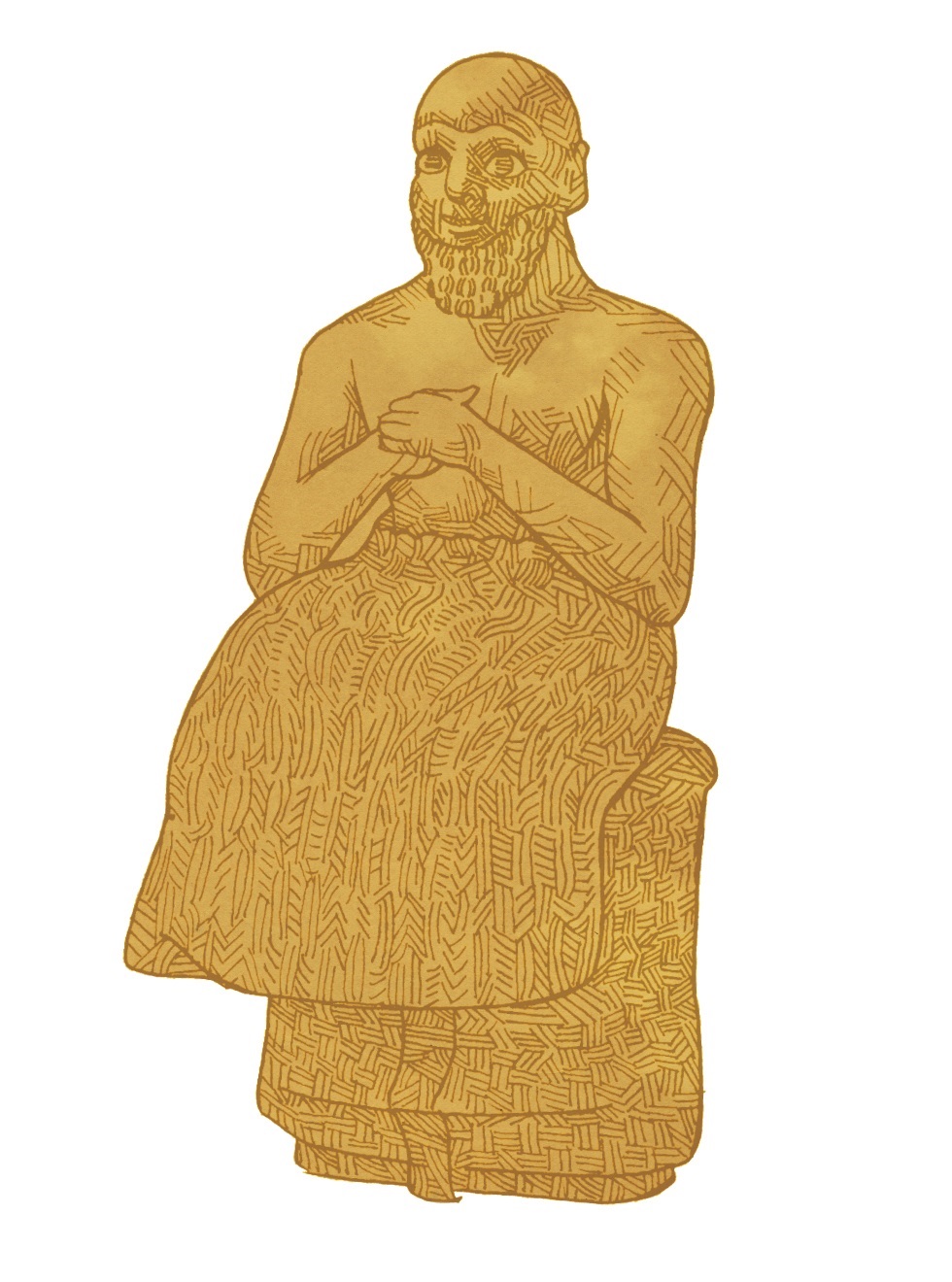Archaeological Facts, Historical Speculations and the Date of the LMLK Storage Jars: A Rejoinder to David Ussishkin
DOI:
https://doi.org/10.5508/jhs.2012.v12.a4Abstract
In two essays published recently (Lipschits, Sergi and Koch 2010, 2011), two of my students and I suggested a new chronological scheme for the lmlk stamped jars in Judah. In this study we challenged a 30-year scholarly consensus that contended that all the lmlk jars were associated with the destruction of Level III at Lachish, and that they were dated to the three years of Hezekiah’s revolt and Judah’s preparations for the 701 B.C.E. Assyrian attack (Ussishkin 1977; Na’aman 1979, 1986; Vaughn 1999; Kletter 2002). We based this new chronological scheme on a careful study of the distribution of the lmlk stamped handles, according to the detailed typology set out by André Lemaire in 1981. We isolated the four- winged Types Ia and Ib and the two-winged Type IIa as those found sealed under the destruction level of Lachish III and con- temporaneous strata. Accordingly, we defined these types as the “early types,” used before the 701 Assyrian attack on Judah (Lip- schits, Sergi and Koch 2010: 11 and Fig. 1). By contrast, three types of two-winged lmlk stamp impressions (Lemaire’s IIb, IIc and XII) appear only in hill-country sites that were not destroyed in 701 B.C.E., or in strata attributed to the 7th century B.C.E., with not even one stamped handle of these types found in a clear 701 B.C.E. destruction level. Therefore, we assumed that these types were produced after the 701 campaign, defined them as “late types,” and dated them to the beginning of the 7th century B.C.E. (ibid.: 11, 13–
2 JOURNAL OF HEBREW SCRIPTURES
17). Furthermore, we suggested that the lmlk stamped jars were not part of a short-term system of preparations for the Assyrian attack, but rather part of an administrative system begun before Hezekiah’s revolt against the Assyrian empire, and followed by the incised concentric circles and the rosette stamp impressions (Lipschits, Sergi and Koch 2010: 8–9; Koch and Lipschits 2010).
The continuity of the manufacturing of royal storage jars (Vaughn 1999: 148–150; Shai and Maeir 2003; Gitin 2006) and of the use of royal emblems stamped on their handles (Lipschits, Sergi and Koch 2010: 7–10) indicates that the different stamps are all part of the same administrative system that probably functioned without interruption for about 140 years. Moreover, the same administrative system continued after the 586 B.C.E. destruction for an additional 450 years, during the Babylonian period (the mwṣh and lion stamped handles; see Lipschits 2010), during the Persian and the Early Hellenistic periods (the yhwd stamped handles; see Lipschits and Vanderhooft 2011), and until the Late Hellenistic period (the late yhwd and the yršlm stamped handles; see Ariel and Shoham 2000: 159–163; Vanderhooft and Lipschits 2007; Bocher and Lipschits 2011). Throughout this long period, Judah was under the hegemony of great empires, and the stamped jars were part of the Judahite administrative system that was already established when Judah became an Assyrian vassal kingdom; they continued to be in use as long as Judah was a vassal kingdom and afterwards when it was a province under the rule of the Babylonian, Persian and Ptolemaic empires.
Recently, Ussishkin published a rejoinder (2011) defending his 34-year-old view, claiming again that all the lmlk stamped storage jars were manufactured concurrently during a brief period shortly before 701 B.C.E. (ibid.: 223–224, 231). He even went one step fur- ther, claiming that, despite the archaeological fact that not even one handle bearing a concentric circle incision was discovered sealed under a 701 B.C.E. destruction level, all the handles bearing concen- tric circle incisions should also be dated to the same pre-701 B.C.E. period (ibid.: 233–235). He further claimed that all the rosette stamped storage jars should be dated to shortly before the 587/6 B.C.E. destruction (ibid.: 235). If this were indeed the case, then no stamped jars were produced in Judah during the 110 years between Hezekiah’s revolt and the Assyrian military campaign against Judah (704–701 B.C.E.), and Zedekiah’s revolt against Babylon and the Babylonian military campaign against Judah (588–586 B.C.E.); furthermore, the rosette system, just like the lmlk system that preceded it, had to be developed over a very short period of time. Ussishkin did not connect the 6th to 2nd century stamped jar handles to the lmlk, concentric circle and rosette jars, and he ignored the continued use of the same system of stamping handles of the same type of jars for an additional 450 years.
In this article, I will focus on the differences in the methods used for dating and for interpreting the stamped jar handles in gen-
ARCHAEOLOGICAL FACTS AND HISTORICAL SPECULATIONS 3
eral, and those methods used for the lmlk stamped jars in particular. I will also emphasize the differences in the approach toward archaeological facts and their historical interpretations.

 Statue of Ebih-Il, drawing by Simeon Goa, © Journal of Hebrew Scriptures
Statue of Ebih-Il, drawing by Simeon Goa, © Journal of Hebrew Scriptures
